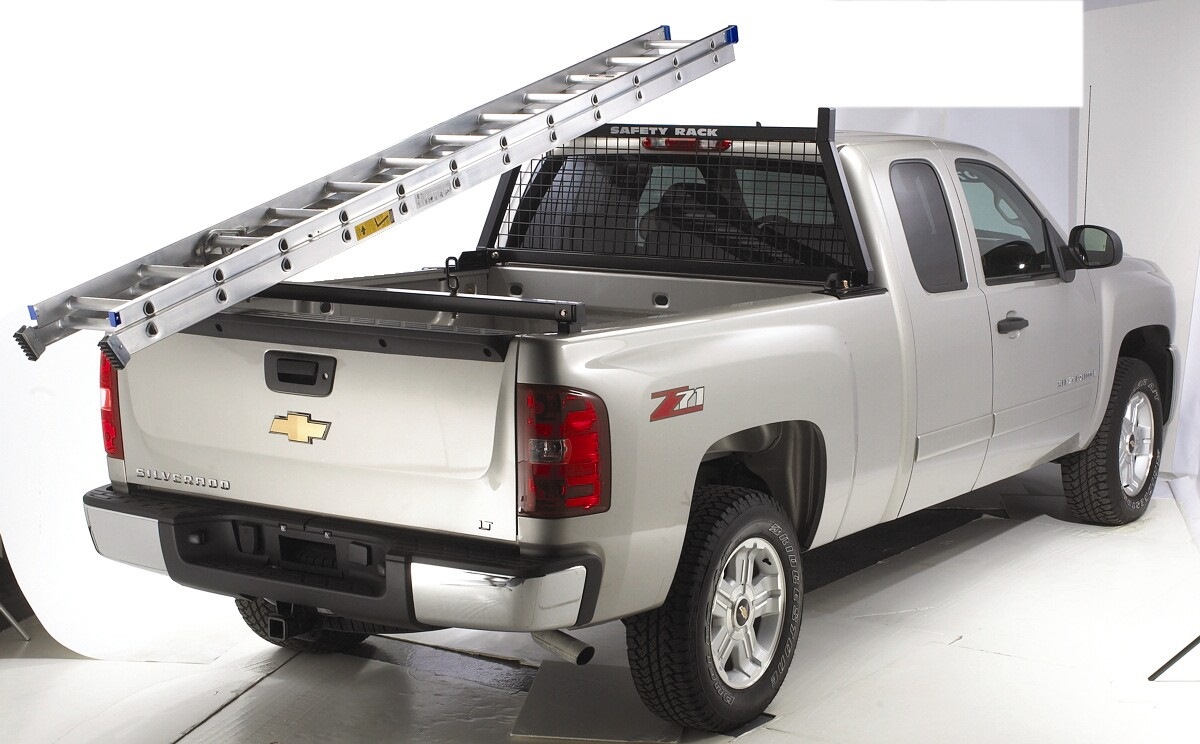

Articles
How To Transport Extension Ladder In Pickup
Modified: October 20, 2024
Learn how to safely transport your extension ladder in a pickup truck with these helpful articles. Find tips, techniques, and best practices for secure transportation.
(Many of the links in this article redirect to a specific reviewed product. Your purchase of these products through affiliate links helps to generate commission for Storables.com, at no extra cost. Learn more)
Introduction
Transporting an extension ladder in a pickup truck can be a daunting task if you’re not familiar with the proper methods. However, with the right knowledge and equipment, you can safely and securely transport your ladder to your desired location. Whether you’re a contractor, a DIY enthusiast, or simply need to transport a ladder for a home improvement project, this article will guide you through the process of transporting an extension ladder in a pickup truck.
Before we dive into the details, it’s important to note that safety should be your top priority when transporting any type of cargo, including ladders. Always follow the manufacturer’s instructions and adhere to local traffic laws and regulations. Ensuring that your ladder is properly secured will not only prevent damage to your truck but also prevent accidents and injuries on the road.
In this article, we will discuss how to choose the right extension ladder for your needs, how to measure your pickup truck bed to ensure a proper fit, and various methods for securing the ladder during transport. Additionally, we’ll explore alternative methods for transporting an extension ladder if you don’t have a pickup truck or if you’re facing space constraints.
So, whether you’re a seasoned pro or a novice when it comes to transporting ladders, let’s jump right in and learn how to transport an extension ladder in a pickup truck with ease and peace of mind.
Key Takeaways:
- Choose the right ladder: Consider type, length, weight capacity, collapsible design, locking mechanism, size, and weight to ensure safety and compatibility with your pickup truck.
- Secure with care: Properly prepare and secure your ladder using tie-down straps, a ladder rack, or hitch mount to prevent movement and ensure stability during transportation.
Read more: How To Build A Ladder Rack For A Pickup
Choose the Right Extension Ladder
Choosing the right extension ladder for your pickup truck is crucial to ensure a safe and secure transport. Here are some factors to consider when selecting the right ladder:
- Type of Ladder: Extension ladders come in various types, such as aluminum, fiberglass, or wooden. Consider the specific needs of your project and the weight capacity of your truck before making a decision. Fiberglass ladders are generally more durable and weather-resistant, making them a popular choice for outdoor use.
- Ladder Length: Measure the maximum height you’ll need to reach for your intended tasks. Keep in mind that extension ladders can be adjusted to different heights, so choose one that can accommodate your needs.
- Weight Capacity: Check the weight capacity of the ladder to ensure it can safely hold your weight and any additional equipment or materials you might be carrying.
- Collapsible Design: Opt for a ladder with a collapsible design. This will make it easier to transport and store when not in use.
- Locking Mechanism: Look for ladders with secure locking mechanisms to ensure stability and prevent accidental collapses during transport.
- Size and Weight: Consider the size and weight of the ladder when collapsed. It should fit comfortably in your pickup truck without obstructing your line of sight or impeding your driving.
Keep in mind that choosing the right extension ladder for your pickup truck is essential for both your safety and the well-being of your vehicle. Take the time to research different ladder options and consult with professionals if needed. With a properly chosen ladder in hand, you can move on to the next step of preparing your pickup truck for transport.
Measure Your Pickup Truck Bed
Before loading your extension ladder onto your pickup truck, it’s important to measure the dimensions of your truck bed to ensure a proper fit. Here’s how you can measure your pickup truck bed:
- Length: Start by measuring the length of your truck bed from the inside of the front bulkhead to the inside of the tailgate. This will give you the maximum length that your ladder can be without interfering with the operation of the tailgate or protruding dangerously over the front of the truck bed.
- Width: Measure the width of your truck bed from one side to the other. This will help you determine if your ladder will fit without obstructing the sides of the bed or interfering with any truck bed accessories you might have, such as toolboxes or bed liners.
- Depth: Measure the depth of your truck bed from the floor to the top of the bed rails. This measurement is crucial to ensure that your ladder does not exceed the height of the bed rails, as it could create a hazard for other drivers or pedestrians on the road.
Once you have measured the dimensions of your pickup truck bed, compare them to the length and width of your extension ladder. Ensure that the ladder length does not exceed the length of your truck bed and that it can fit comfortably within the width of the bed without impeding your ability to close the tailgate.
By accurately measuring your pickup truck bed, you can determine if your ladder will fit and avoid any potential issues during transportation. Now that you have the correct measurements, it’s time to prepare your ladder for safe and secure transport.
Prepare Your Ladder for Transport
Before loading your extension ladder onto your pickup truck, it’s important to prepare the ladder to ensure safe and secure transportation. Here are some steps to follow:
- Clean and Inspect: Start by cleaning your ladder and removing any dirt or debris that may have accumulated. Inspect the ladder thoroughly for any damage, such as broken rungs or loose hardware. If you notice any issues, repair or replace the ladder before transporting it.
- Collapse the Ladder: If your ladder is collapsible, carefully collapse it to its shortest length. Follow the manufacturer’s instructions to ensure you do it properly. By collapsing the ladder, you reduce its overall size and make it easier to fit into your pickup truck bed.
- Secure Loose Parts: Check that all the adjustable parts of the ladder, such as the extension locks and spreader bars, are locked or secured in place. This will prevent any unexpected movement during transportation.
- Protect the Ladder: To prevent scratches and damage during transport, consider using protective padding or covers. This can be as simple as wrapping the ladder with a soft blanket or using foam padding specifically designed for ladder transport.
- Remove Attachments: If your ladder has any detachable accessories or attachments, such as tool hooks or buckets, remove them and pack them separately. This will help reduce the overall weight and size of the ladder, making it easier to handle and transport.
By following these steps, you’ll ensure that your ladder is properly prepared for transportation. Taking the time to clean and inspect your ladder, collapse it to a manageable size, secure loose parts, and protect it from scratches will contribute to a hassle-free transportation experience. Once your ladder is prepared, it’s time to secure it in your pickup truck using tie-down straps.
Secure the Ladder with Tie-Down Straps
Securing your extension ladder with tie-down straps is vital to prevent it from shifting or falling during transportation. Follow these steps to properly secure your ladder:
- Position the Ladder: Place the collapsed ladder in the center of your pickup truck bed, ensuring that it is parallel to the sides of the bed. This will help distribute the weight evenly and prevent the ladder from moving around.
- Attach the Straps: Begin by attaching one end of the tie-down strap to a secure anchor point within your truck bed. This could be a bed rail, a tie-down loop, or a trailer hitch if you have one installed. Make sure the anchor point is strong and can withstand the tension of the strapped ladder.
- Loop the Straps: Wrap the tie-down strap around the ladder and then loop it back to the anchor point. Pull the strap tight to ensure a secure fit. Repeat this step for each strap, placing them at regular intervals along the length of the ladder.
- Secure the Straps: Once all the straps are looped around the ladder and connected to the anchor points, tighten them by pulling the loose end of the strap. Make sure the ladder is snugly held in place, but be careful not to overtighten and damage the ladder.
- Double Check: Before hitting the road, double-check that all the tie-down straps are properly secured and tightened. Give the ladder a gentle shake to ensure it is stable and doesn’t move or shift within the truck bed.
Remember, the goal is to keep the ladder securely in place during transportation to prevent any accidents or damage. If you notice any movement or instability, readjust the straps as needed. It’s also a good idea to periodically check the straps during longer journeys to ensure they remain tight.
Now that you have successfully secured your ladder with tie-down straps, let’s explore other options for transporting an extension ladder using a ladder rack or hitch mount.
When transporting an extension ladder in a pickup truck, secure it with ratchet straps or bungee cords to prevent it from shifting during transit. Place a red flag on the end of the ladder to increase visibility and ensure it doesn’t extend beyond the truck bed.
Read more: How To Haul A Mattress In A Pickup
Use a Ladder Rack or Hitch Mount
If you frequently transport extension ladders or have a larger ladder that exceeds the length of your pickup truck bed, using a ladder rack or hitch mount can provide a more convenient and secure option for transportation. Here’s how you can utilize these accessories:
Ladder Rack:
A ladder rack is an external frame that attaches to the bed of your pickup truck, providing a dedicated space to securely hold your ladder. Follow these steps to use a ladder rack:
- Choose the Right Ladder Rack: There are various types of ladder racks available, including overhead racks and side-mount racks. Select a ladder rack that fits your specific truck model and meets your transportation needs.
- Installation: Follow the manufacturer’s instructions for installation. Typically, a ladder rack attaches to the bed rails or the top of the truck cab. Ensure that the ladder rack is securely fastened to the truck to prevent any movement or instability.
- Secure the Ladder: With the ladder rack in place, carefully position your ladder on the rack. Use additional tie-down straps or bungee cords to secure the ladder to the rack, ensuring it is tightly held in place. Double-check the stability of the ladder before hitting the road.
Hitch Mount:
If you have a hitch receiver on your pickup truck, you can opt for a hitch mount specifically designed for transporting ladders. Here’s how you can utilize a hitch mount:
- Select the Right Hitch Mount: Choose a hitch mount that matches your ladder’s dimensions and weight capacity. Ensure that it is compatible with your truck’s hitch receiver size.
- Installation: Follow the manufacturer’s instructions to install the hitch mount. Typically, it slides into the hitch receiver and is secured with a pin or bolt. Ensure it is properly locked in place and doesn’t have excessive movement.
- Attach the Ladder: Place the ladder on the hitch mount and secure it using straps or bungee cords. Ensure that the ladder is tightly secured, and there is no movement or wobbling.
Using a ladder rack or hitch mount offers several advantages, such as keeping your pickup truck bed free for other cargo, providing a dedicated space for the ladder, and allowing for easy loading and unloading of the ladder. However, keep in mind that these accessories may come with additional costs and installation requirements.
Now that you’re familiar with using a ladder rack or hitch mount, let’s explore alternative methods for transporting an extension ladder if you don’t have access to a pickup truck.
Alternative Methods for Transporting an Extension Ladder
If you don’t have a pickup truck or if you’re facing space constraints, there are still alternative methods available for transporting an extension ladder. Here are a few options to consider:
- Roof Rack: If you have a roof rack installed on your vehicle, you can use it to transport your extension ladder. Ensure that the ladder is securely strapped to the roof rack using tie-down straps or bungee cords. Take precautionary measures to avoid any damage to your vehicle or the ladder while loading and unloading.
- Utility Trailer: If you own or have access to a utility trailer, it can be an excellent option for transporting an extension ladder. Place the ladder horizontally on the trailer bed and secure it using tie-down straps or bungee cords. Make sure the ladder is properly balanced and secured to prevent any movement during transportation.
- Rent a Roof Cargo Carrier: If you don’t have a roof rack, you can consider renting a roof cargo carrier. These carriers are designed to fit on top of your vehicle and provide extra storage space. Place the collapsed and secured ladder inside the cargo carrier and secure it with the provided straps or bungee cords.
- Use a Van or SUV: If you have a van or SUV with ample interior space, you can transport the ladder inside the vehicle. Lay down the backseats or fold them flat to create a long, uninterrupted space. Carefully place the ladder inside and secure it with straps or bungee cords to prevent it from moving during transit.
When using alternative methods for transporting an extension ladder, it’s essential to prioritize safety. Ensure that the ladder is securely fastened and doesn’t obstruct your visibility while driving. Take extra precautions to secure the ladder properly and prevent any damage to your vehicle or the ladder itself.
Before attempting any of these alternative methods, it’s advisable to check local laws and regulations regarding the transportation of ladders or oversized items. Additionally, consult the ladder manufacturer’s guidelines for any specific recommendations on transportation methods.
Now that you have explored several alternative methods for transporting an extension ladder, let’s conclude our article.
Read more: How To Fix Ladder
Conclusion
Transporting an extension ladder in a pickup truck or through alternative methods can be made simpler and safer by following a few key steps. By choosing the right ladder for your needs, measuring your pickup truck bed, preparing your ladder for transport, and securing it properly with tie-down straps or using a ladder rack or hitch mount, you can ensure a smooth and secure transportation experience.
Choosing the right extension ladder involves considering the ladder type, length, weight capacity, collapsible design, locking mechanism, and overall size and weight. These factors will determine both the suitability of the ladder for your tasks and its compatibility with your pickup truck.
Measuring your pickup truck bed is essential to ensure your ladder fits properly and doesn’t pose any safety risks. Knowing the length, width, and depth of your truck bed will help prevent any interference with the tailgate, bed accessories, or bed rail height limitations.
Before loading your ladder onto your pickup truck or utilizing alternative methods, it’s important to prepare your ladder for transport. Cleaning and inspecting the ladder, collapsing it to a manageable size, securing loose parts, and protecting it from scratches will help maintain its integrity during transportation.
Securing the ladder with tie-down straps is crucial for safe transport. Positioning the ladder in the center of the truck bed, attaching the straps to secure anchor points, and tightening the straps to hold the ladder firmly in place will prevent movement and ensure stability while driving.
If you have a ladder rack or hitch mount, utilizing them can provide a more convenient and secure option for transporting your extension ladder. Proper installation and securing of the ladder on these accessories will enhance safety and ease of use.
However, if you don’t have a pickup truck or need alternative methods, options such as a roof rack, utility trailer, renting a roof cargo carrier, or using a van or SUV can be explored. Follow safety guidelines and secure the ladder properly to make sure it doesn’t pose a risk to yourself or other drivers on the road.
Remember, safety should always be your top priority. Follow the manufacturer’s instructions, adhere to local laws and regulations, and periodically check the securement of the ladder during longer journeys.
By following these guidelines and utilizing the appropriate methods, you can transport your extension ladder safely, securely, and efficiently, making your projects or job sites more accessible and manageable.
Now that you've mastered transporting extension ladders, why not tackle some home upgrades yourself? Our comprehensive guide on DIY home improvement is packed with practical advice and creative ideas to transform your living space without breaking the bank. Whether you're looking to repaint, refurbish, or rejuvenate your home, our strategies ensure you get the job done right, with a personal touch. Check out our detailed DIY guide to get started on your next project today!
Frequently Asked Questions about How To Transport Extension Ladder In Pickup
Was this page helpful?
At Storables.com, we guarantee accurate and reliable information. Our content, validated by Expert Board Contributors, is crafted following stringent Editorial Policies. We're committed to providing you with well-researched, expert-backed insights for all your informational needs.
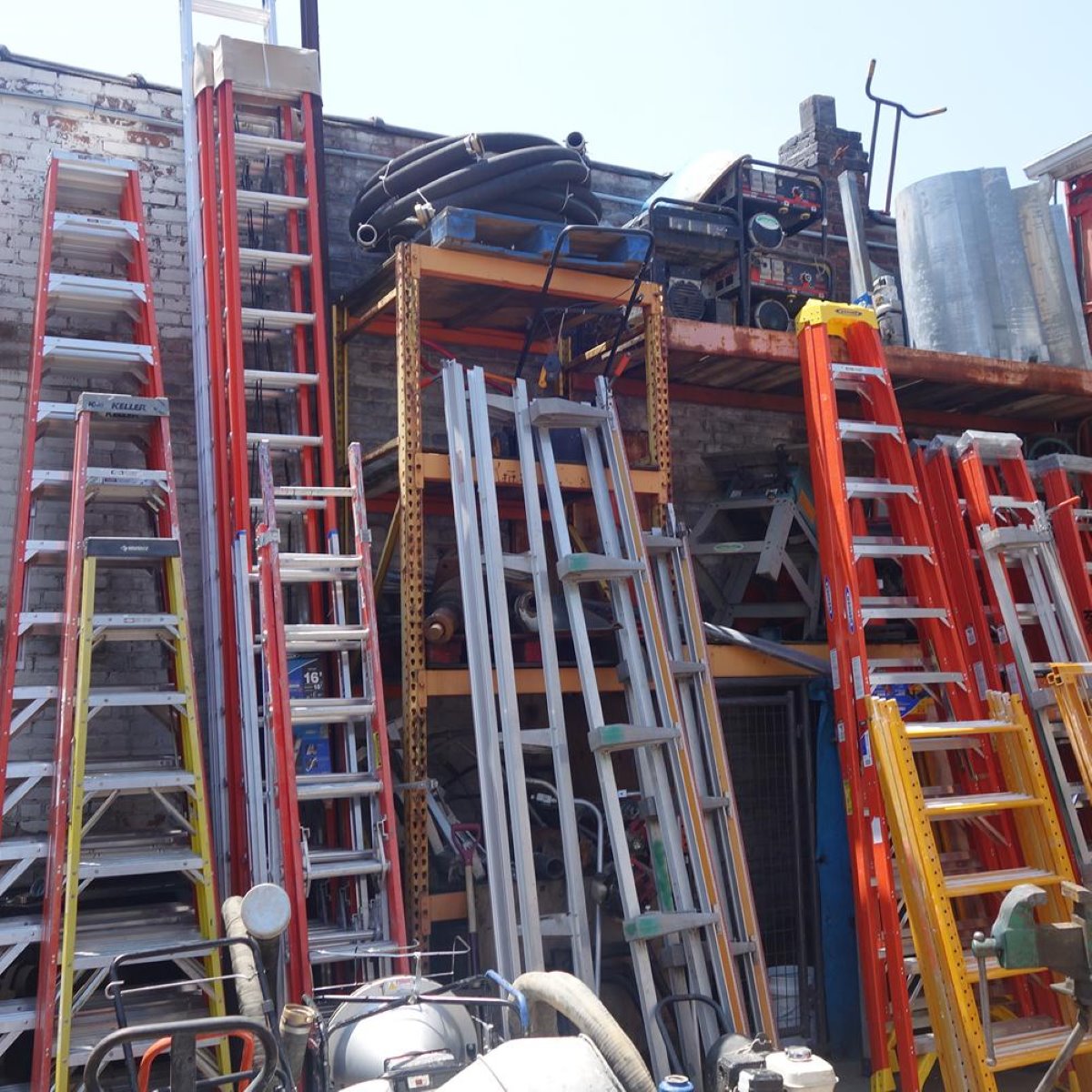

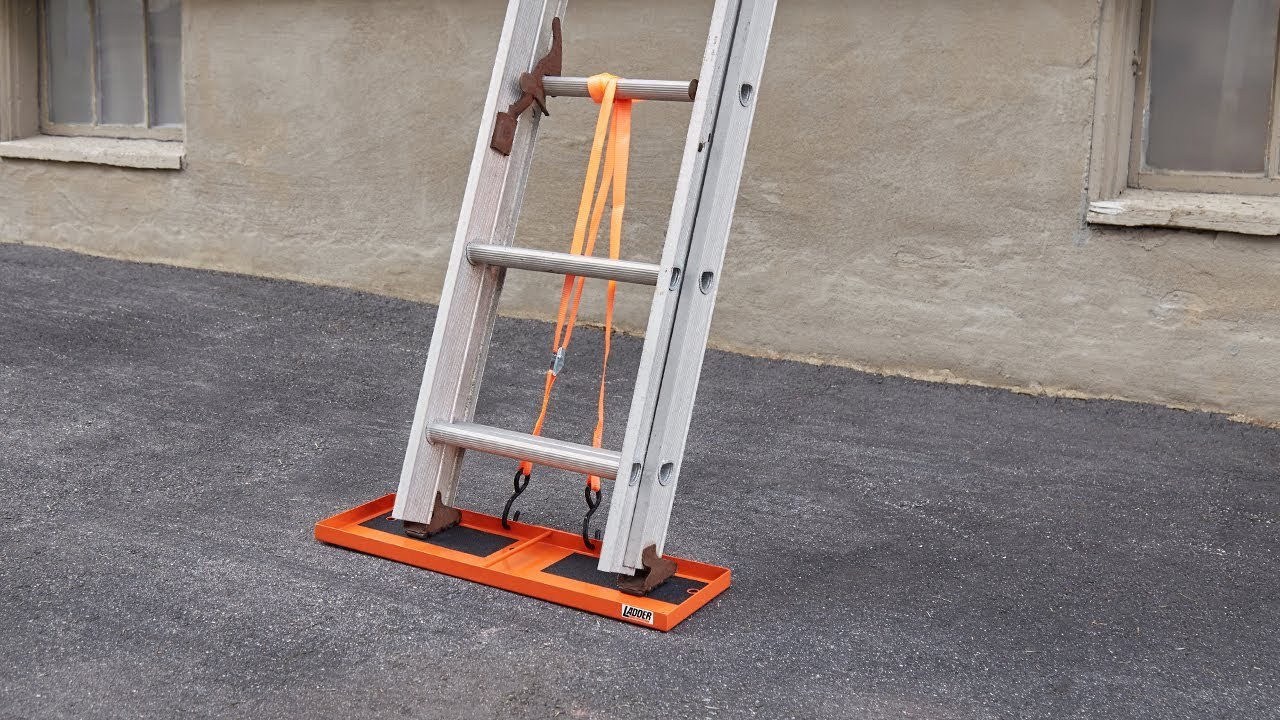
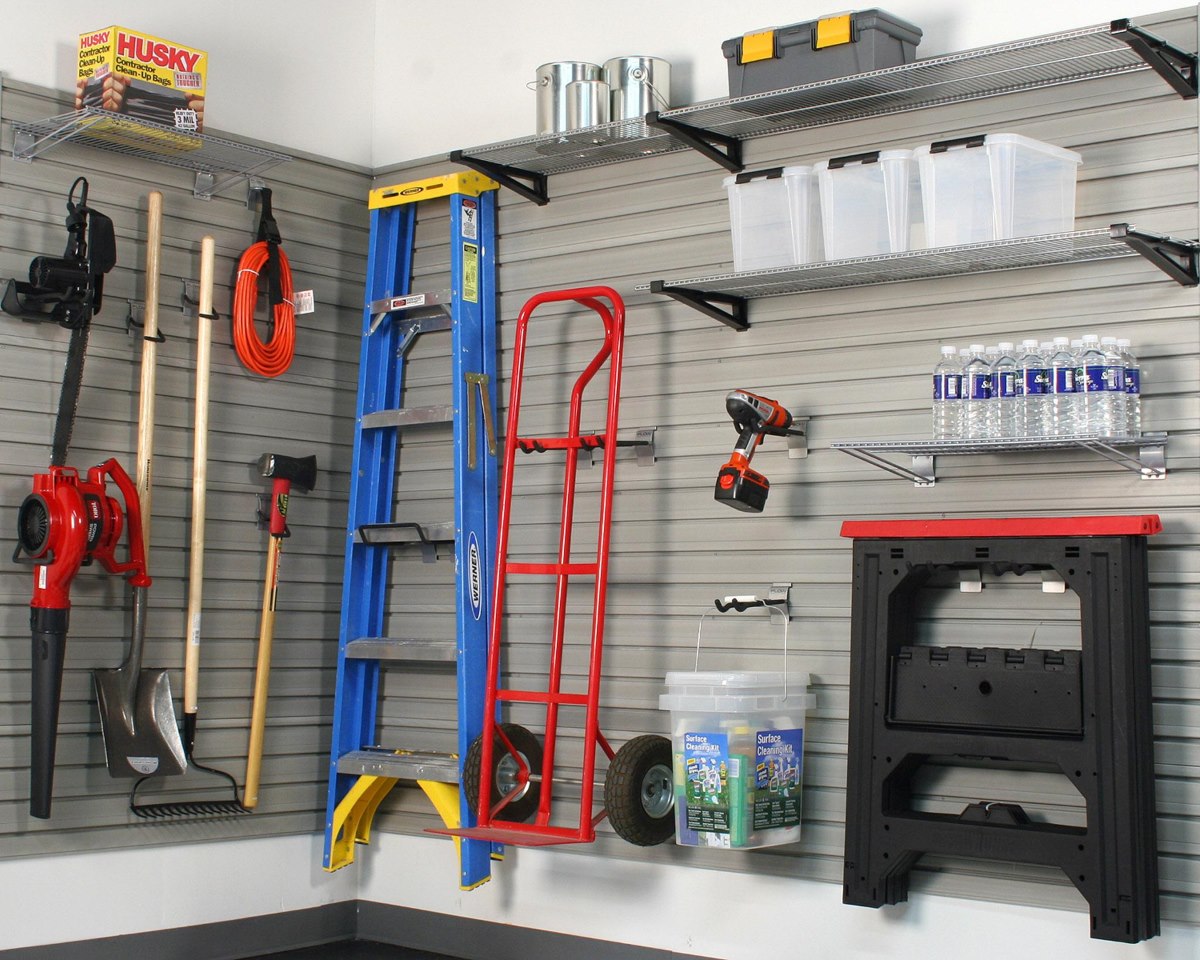
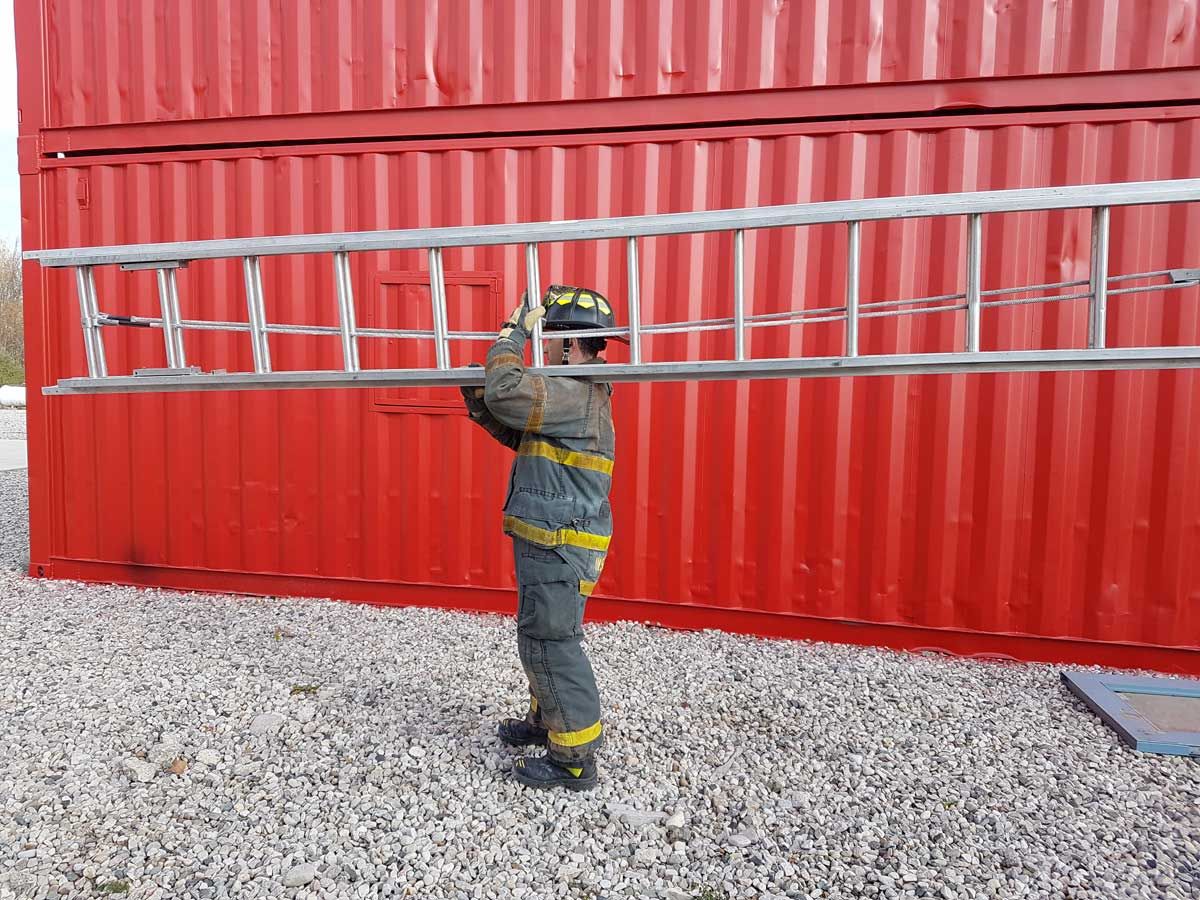


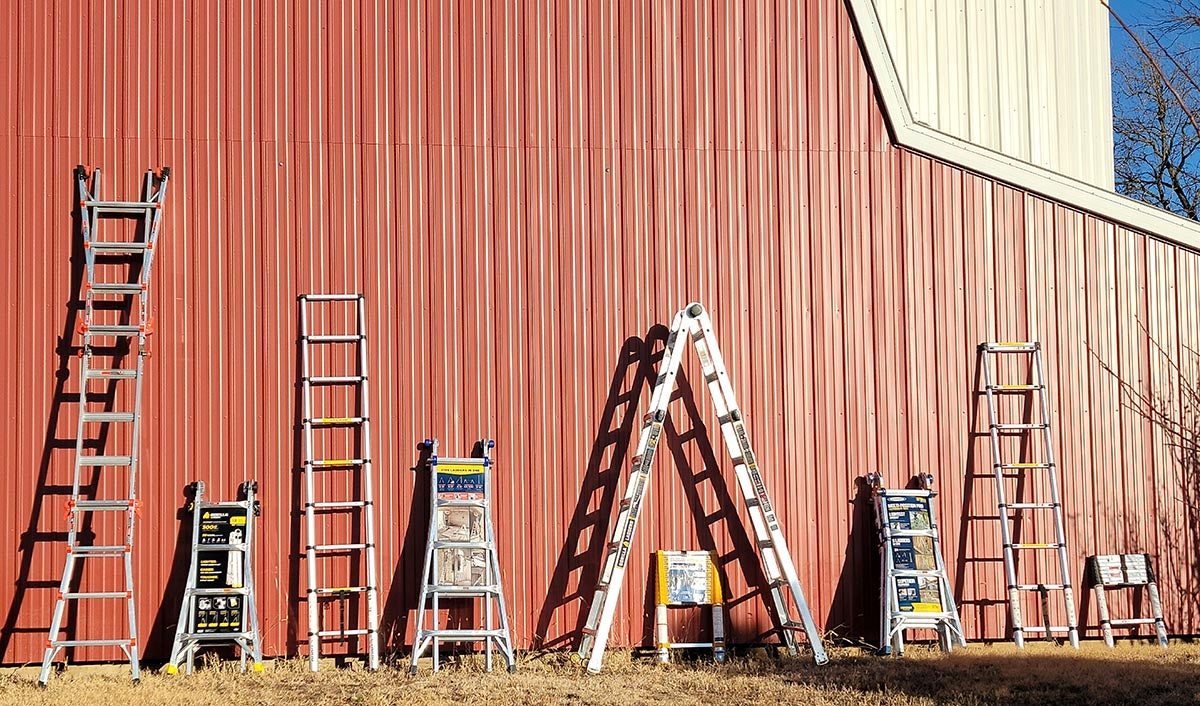
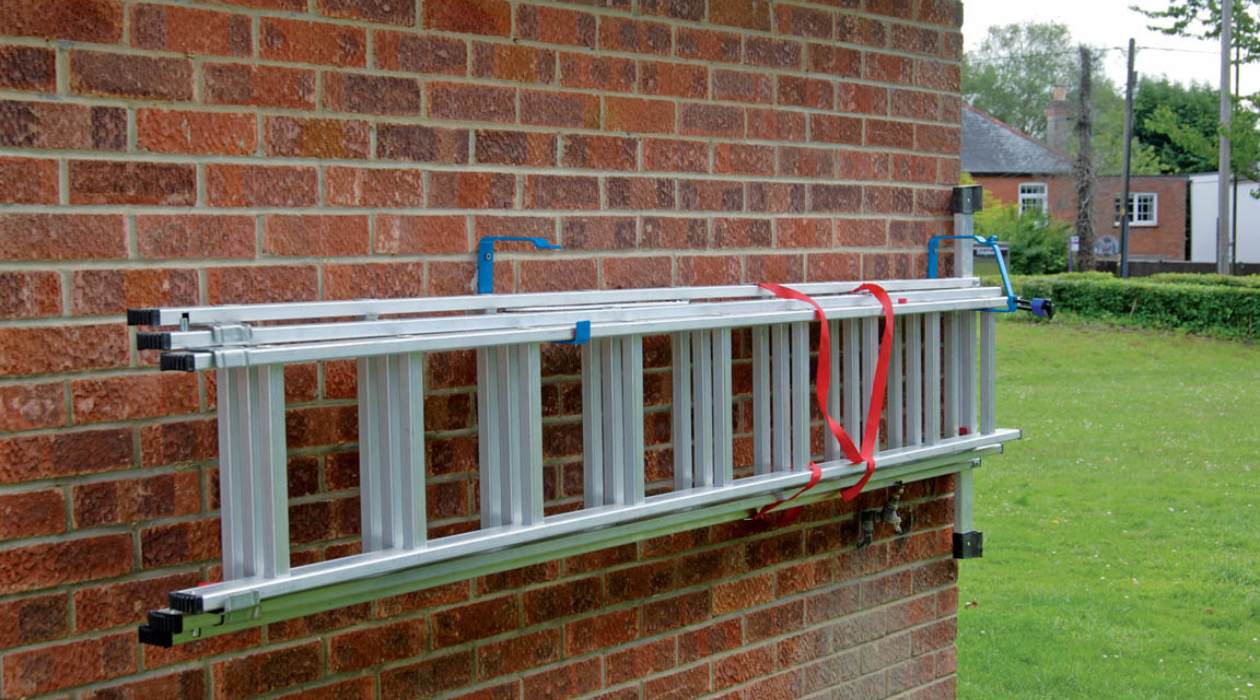
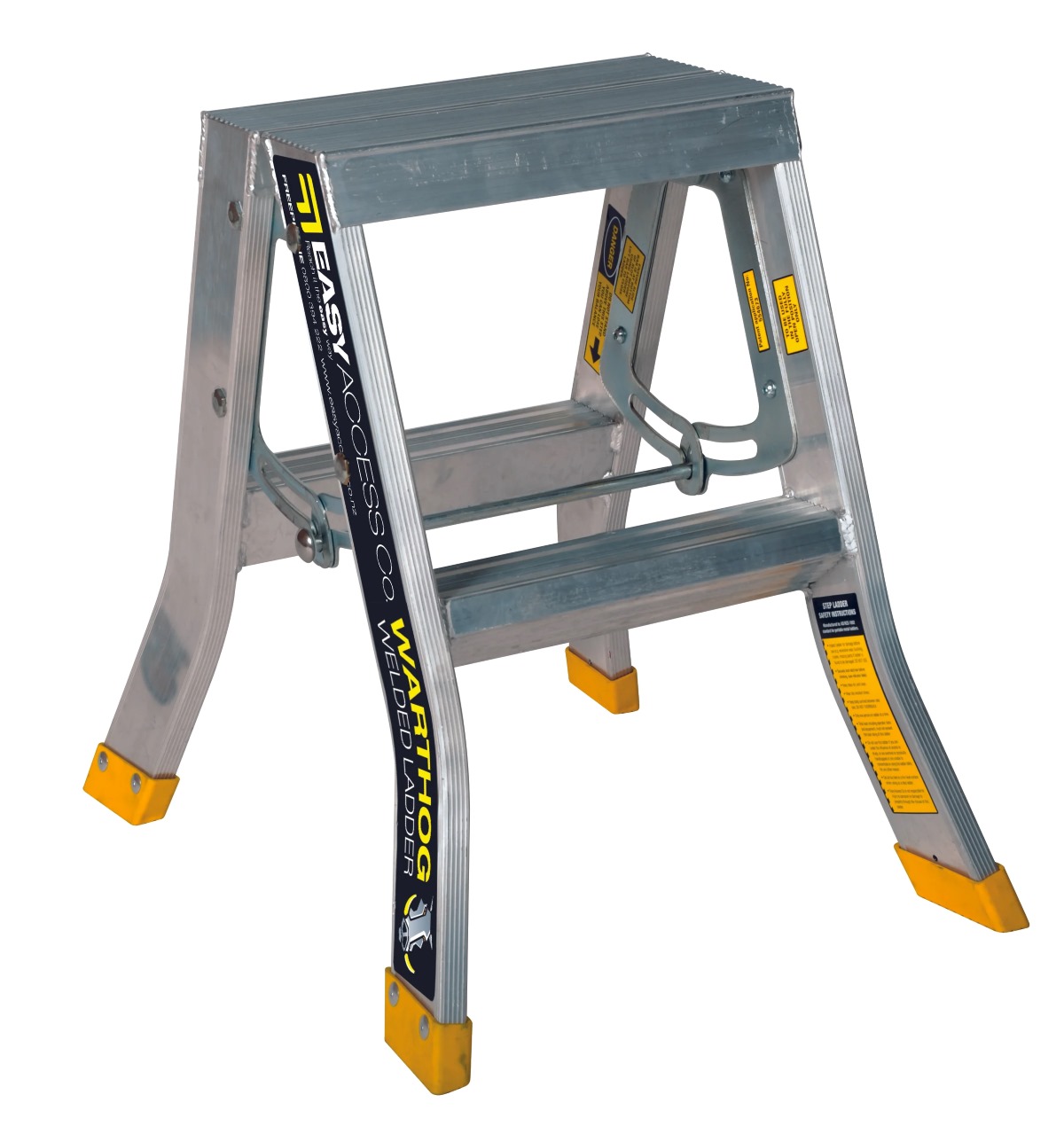
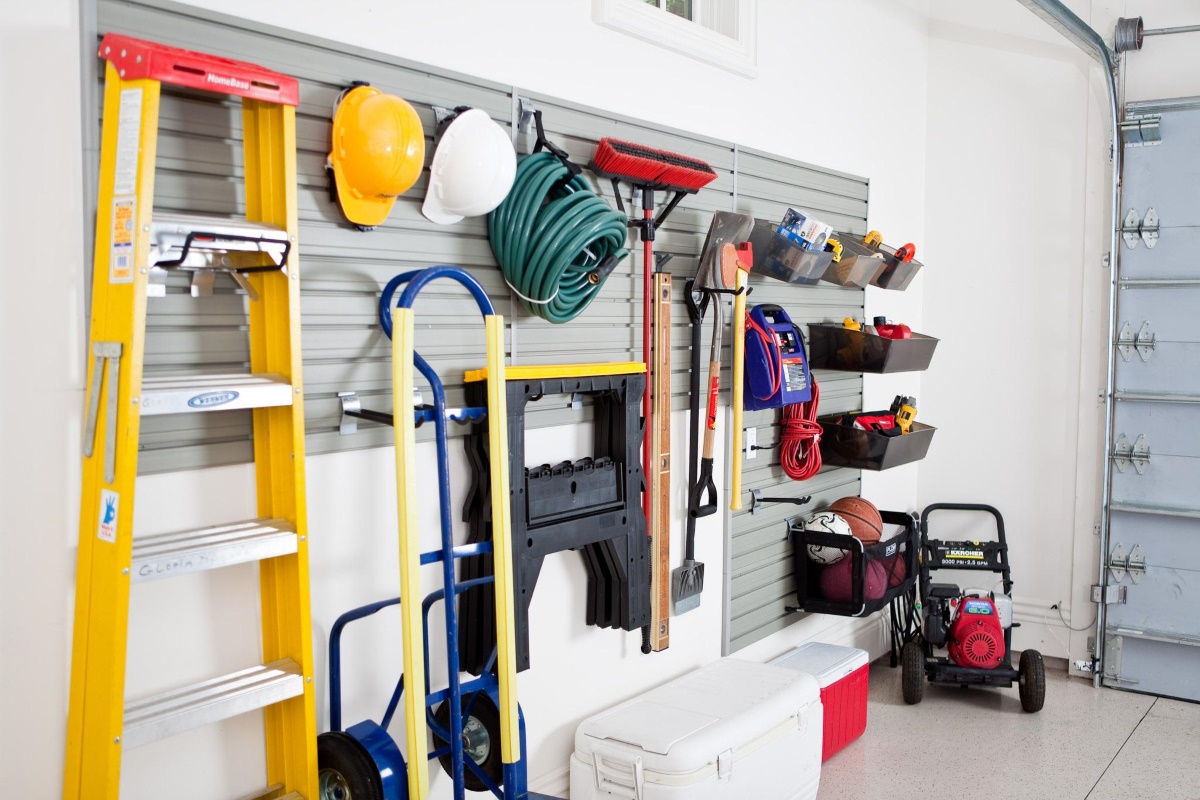

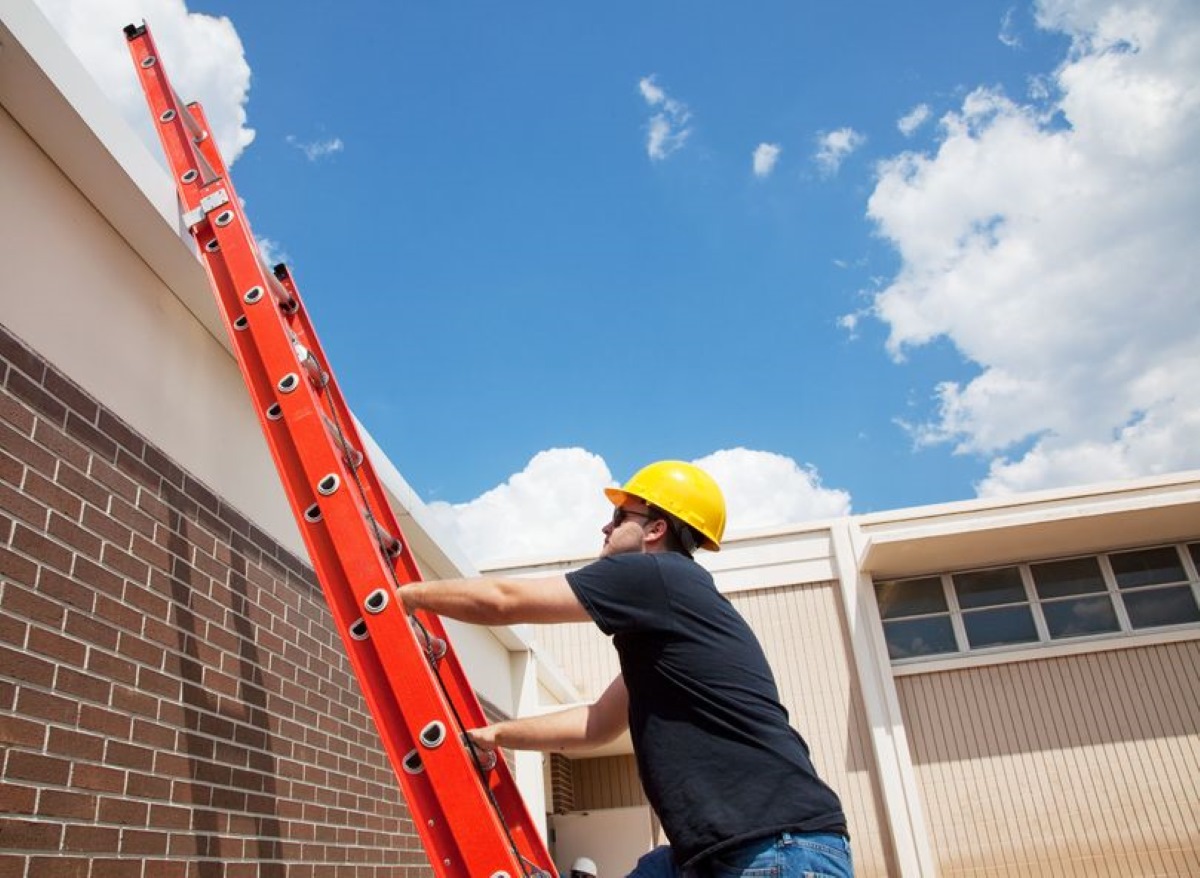

0 thoughts on “How To Transport Extension Ladder In Pickup”